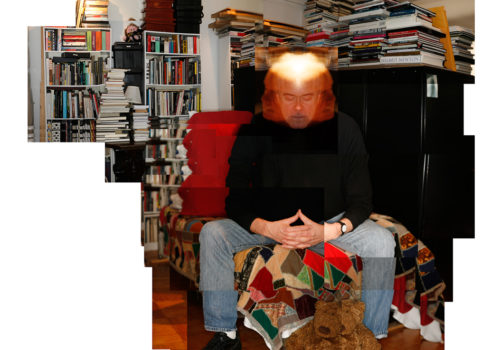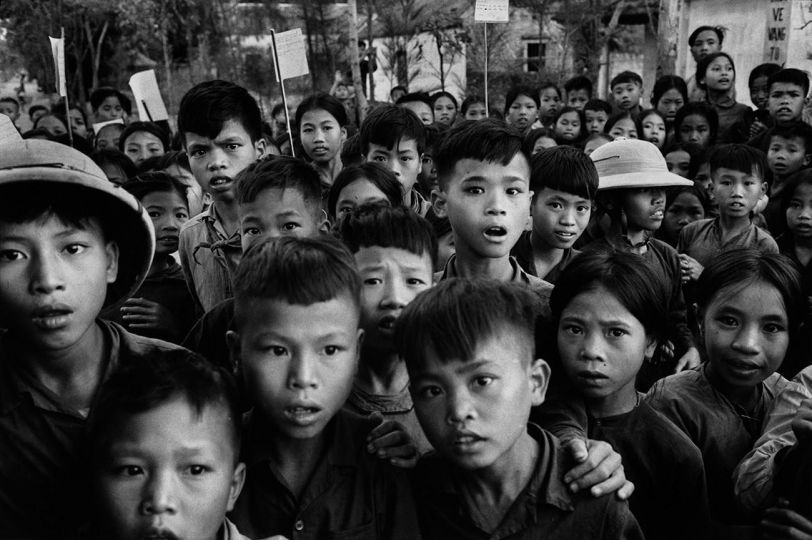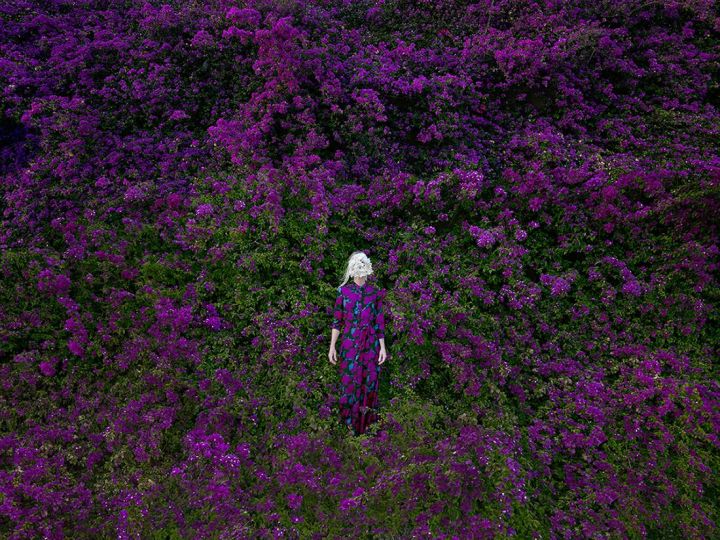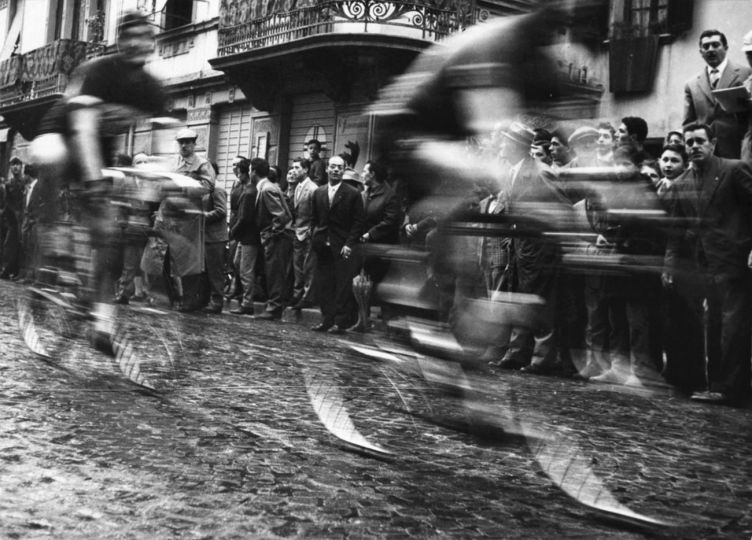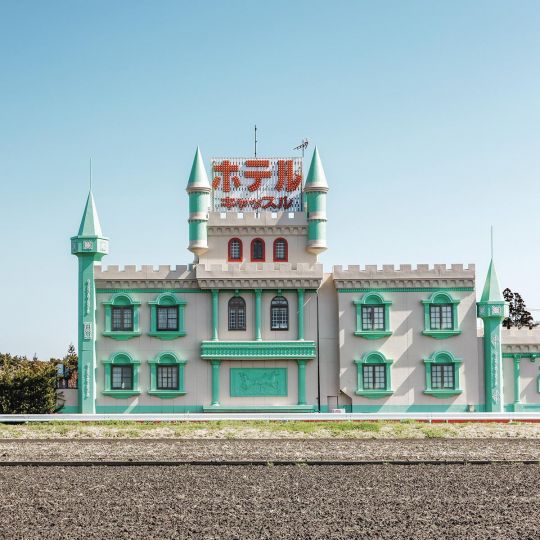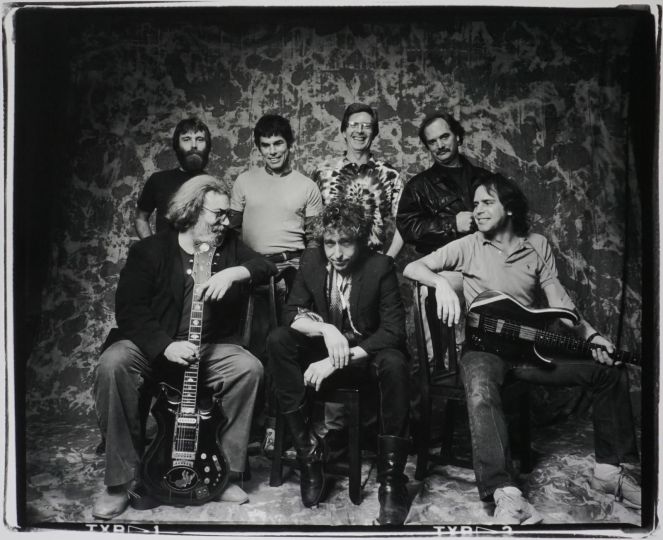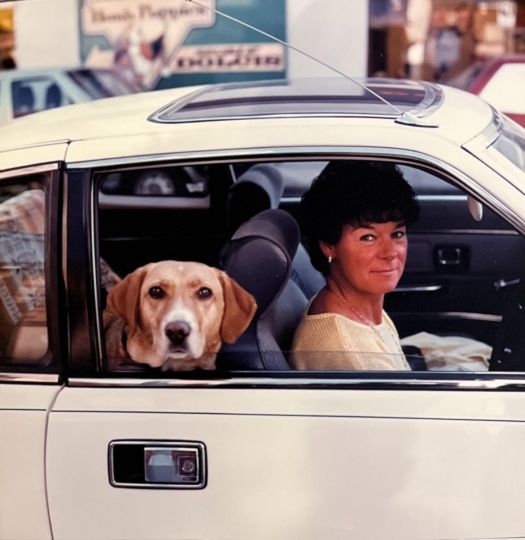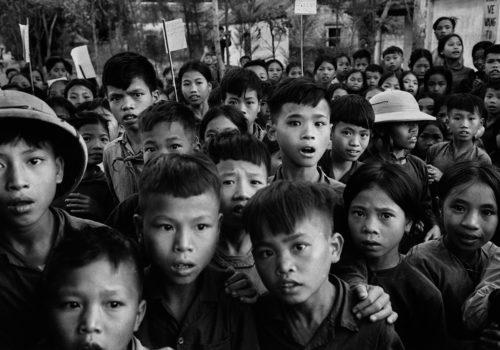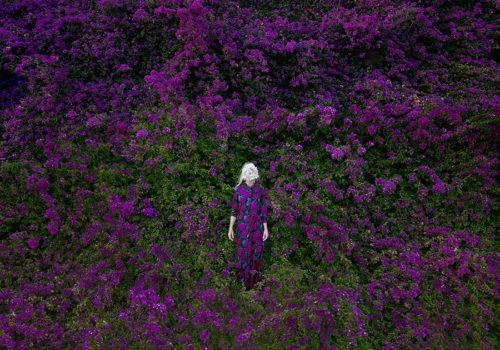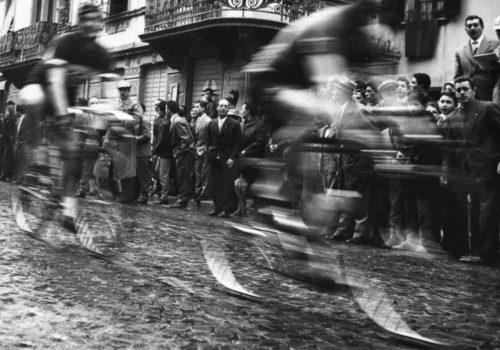1. How and when did you begin collecting? What was the first photograph you bought?
In my book The Unseen Eye: Photographs from the Unconscious I talk about my first acquisition as an Imogen Cunningham I bought at auction 40 years ago. The truth of the matter lies a little deeper. I had bought an odd untitled, unauthored still life of a faceless figurine a few years before that when I was an actor living and working in Cambridge, MA. In any event, the whole thing has been a delirious mystery.
2. What do you consider your first real success in collecting? Your biggest failure? What is your prize?
“Success” is a relative notion. Being identified as a collector by Charles Hagen in 1993 – almost twenty years ago – in The New York Times had unexpected consequences. My prize is Irving Penn’s Two Guedras, 1972.
3. What is your concentration or theme in collecting now, if any?
The first Collection Dancing Bear, which consisted of magical, heart-stopping images of people in which the eyes cannot be seen is done – basically. A second collection of American Groups Before 1950 has some life.
4. What is your approach? Do you go on instinct? Do you buy from galleries, dealers, auctions, and/or directly from artists?
Wit and guile and a big fat smile (with apologies to Noel Coward) and all of the above.
5. Is there any other photography collector you especially admire?
Michael Wilson as well as Sam Wagstaff and Paul F. Walter and Stephen White.
6. Is the idea of collecting vintage work important to you?
Yes, said the hooker who enjoyed her field of endeavor.
7. How important is investment potential versus esthetic pleasure in choosing what to buy?
Not a factor.
8. If there is one picture you would like to buy but haven’t been able to, what would that be?
Humphrey Hime The Prairie, on the Banks of the Red River, Looking West, 1857, or Richard Avedon, Andy Warhol, artist, New York City 1969 (gunshot wound), or Andreas Gursky, Tooten Hosen, 2000.

